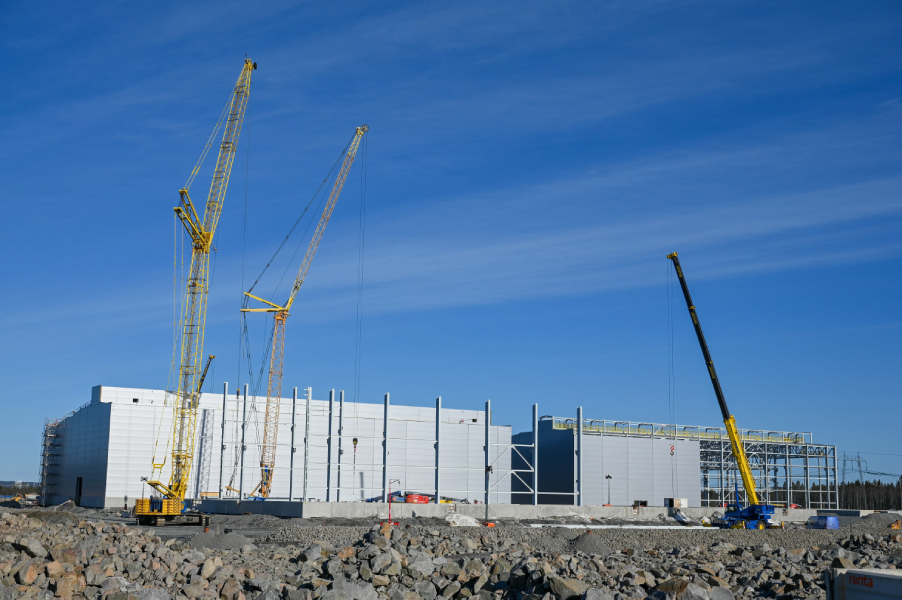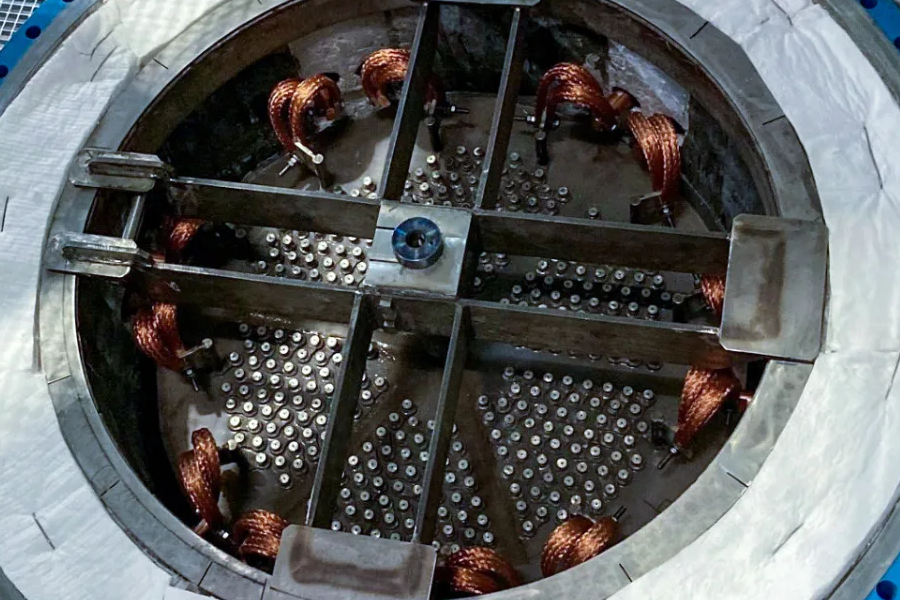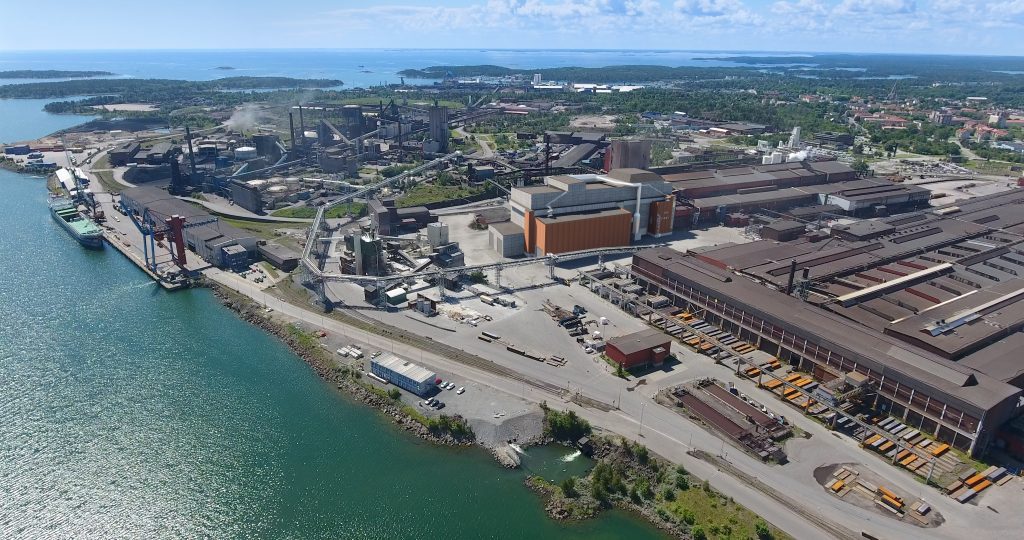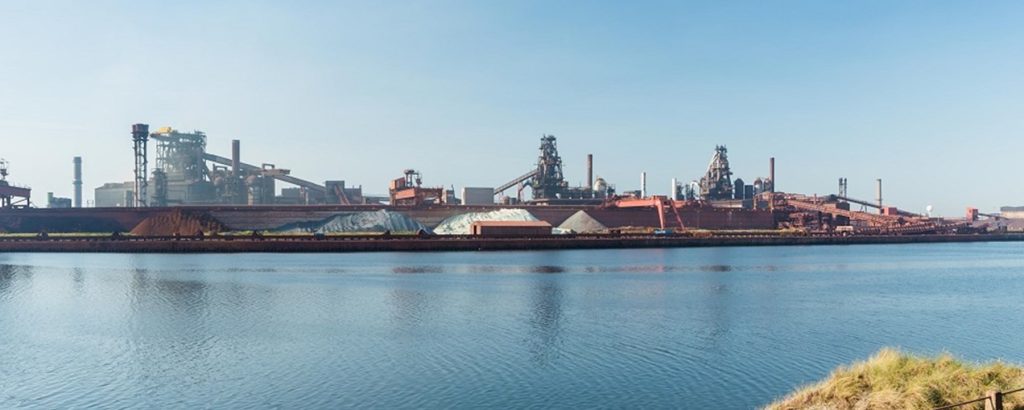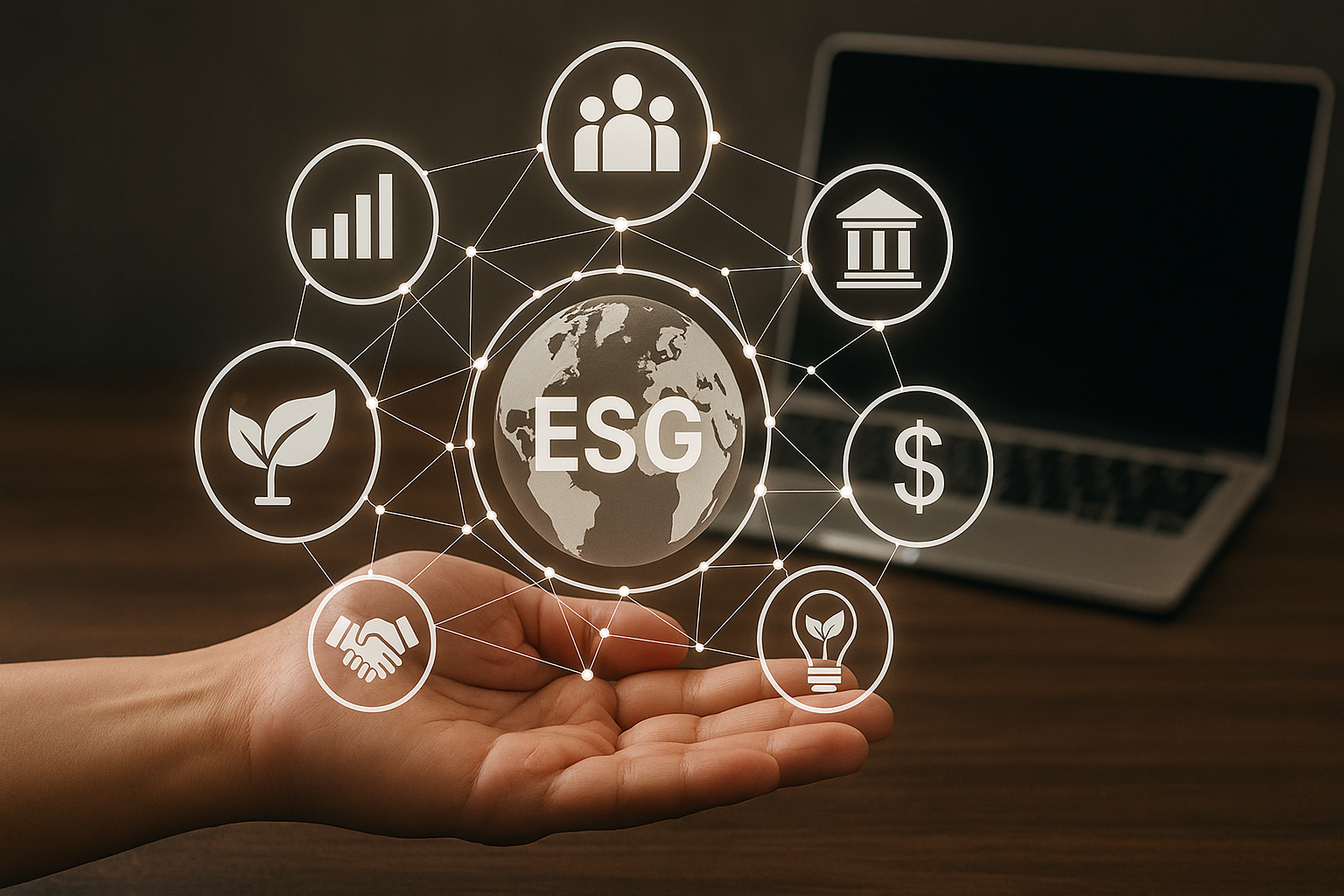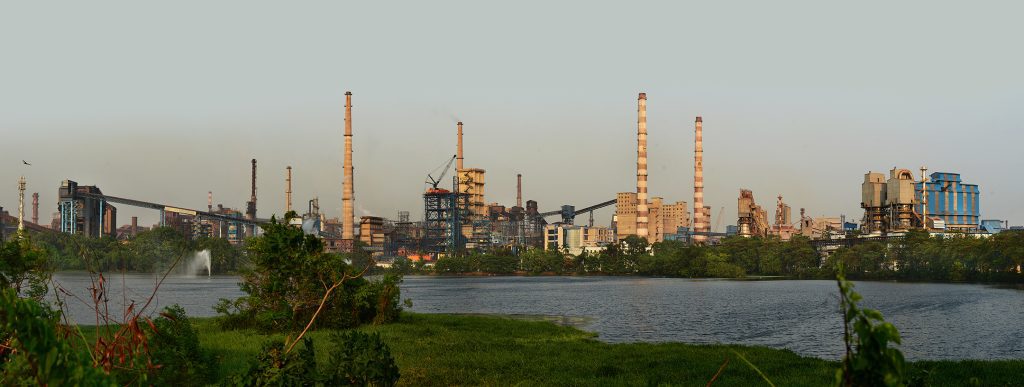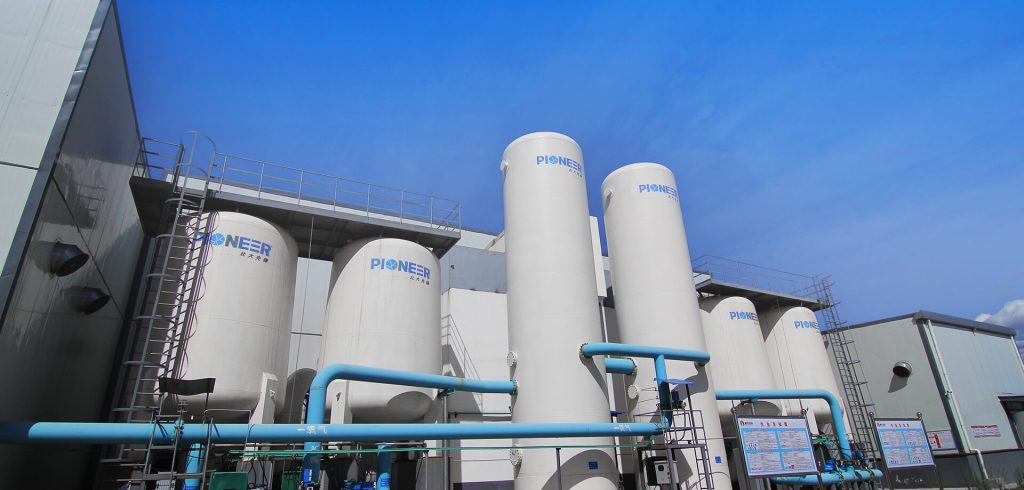Steel production plays a pivotal role in India’s economy. In 2023 alone, India produced over 140 million tons of crude steel [1], contributing significantly to both domestic infrastructure and exports, and positioning itself as the world’s second-largest steel producer. The sector drives substantial global revenue, with steel exports exceeding 7.5 million tons [2], also in 2023, contributing about 2% to India’s GDP, and enhancing its global competitiveness. At the heart of this industry is the city of Jamshedpur, known as the “Steel City,” which was established by the founder of Tata Steel over a century ago and continues to serve as a major hub for the nation’s steel production.
